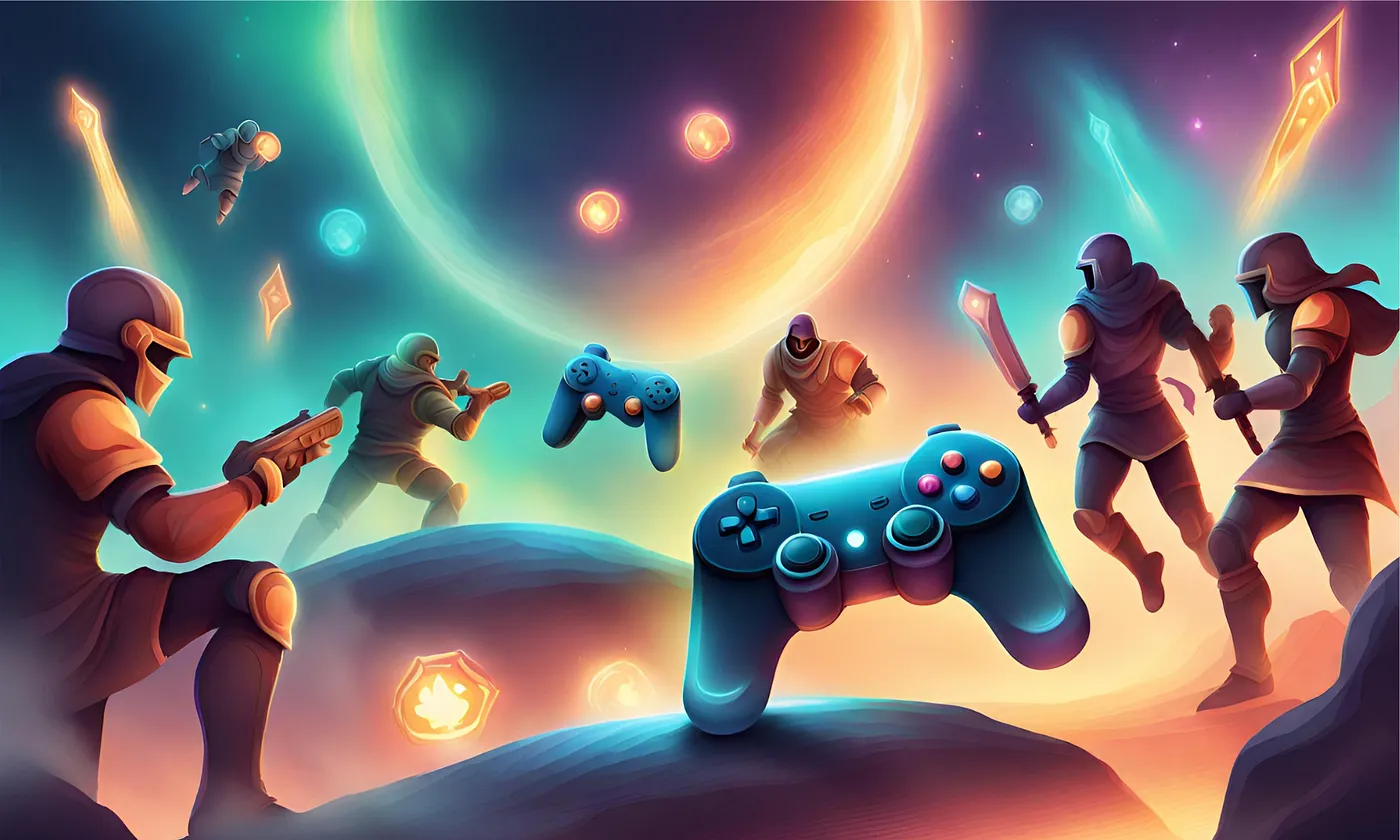
The world of free online gaming has transformed dramatically over the years, evolving from simple text-based adventures to immersive multiplayer experiences. This journey reflects changes in technology, player preferences, and gaming culture. In this blog, we’ll explore the key milestones in the evolution of free online gaming and how it has shaped the landscape we enjoy today on HTM Games.
The Early Beginnings: Text Adventures and MUDs
In the late 1970s and early 1980s, online gaming took its first steps with text-based adventures. Games like MUD (Multi-User Dungeon) allowed players to interact in virtual worlds through text commands. These games were free to play and attracted a dedicated community of computer enthusiasts.
Key Features:
- Interactive Narratives: Players used text commands to explore environments and solve puzzles.
- Community Focus: These early games fostered a sense of community, with players collaborating and sharing strategies.
To learn more about early gaming experiences, check out our Classic Game Highlights.
The Flash Game Revolution
The introduction of Flash technology in the late 1990s marked a turning point for online gaming. Flash games quickly became popular due to their accessibility and engaging graphics. Websites like Kongregate and Newgrounds provided platforms for these games, offering a variety of genres to a broader audience.
Key Features:
- Casual Gameplay: Flash games appealed to casual gamers, allowing quick play sessions during breaks.
- User-Generated Content: Many platforms encouraged users to create and share their own games, fostering creativity.
For a trip down memory lane, check out our Flash Game Retrospective.
The Free-to-Play Model Emerges
The early 2010s saw the rise of the free-to-play (F2P) model, fundamentally changing how games were monetized. Titles like League of Legends and Dota 2 became immensely popular, allowing players to enjoy the core game for free while offering optional purchases for cosmetic items and upgrades.
Key Features:
- Competitive Multiplayer: F2P games emphasized competitive play, leading to the growth of eSports communities.
- Regular Content Updates: Developers began releasing continuous updates and new content to retain player engagement.
Explore more about the F2P model in our Free-to-Play Game Insights.
Cross-Platform Play Revolution
As technology advanced, cross-platform play became a standard feature in many games, allowing players to compete and collaborate regardless of their device. Games like Fortnite and Minecraft exemplified this trend, broadening their player base and enhancing social interaction.
Key Features:
- Accessibility for All: Players can join friends on different platforms, breaking down hardware barriers.
- Enhanced Community Interaction: Cross-platform capabilities fostered larger, more diverse gaming communities.
For tips on navigating cross-platform gaming, visit our Cross-Platform Gaming Guide.
The Modern Era: Mobile and Browser Games
Today, free online gaming encompasses a vast array of genres and platforms. The rise of mobile gaming has introduced titles like Among Us and Genshin Impact, attracting millions of players worldwide. Meanwhile, browser games continue to thrive, offering accessible entertainment for casual gamers.
Key Features:
- Wide Variety of Genres: From RPGs to puzzles, there’s something for everyone in the free gaming world.
- Social Features: Many games now include social elements, allowing for real-time interaction and collaboration.
Discover some of the best free online games currently available on HTM Games.






